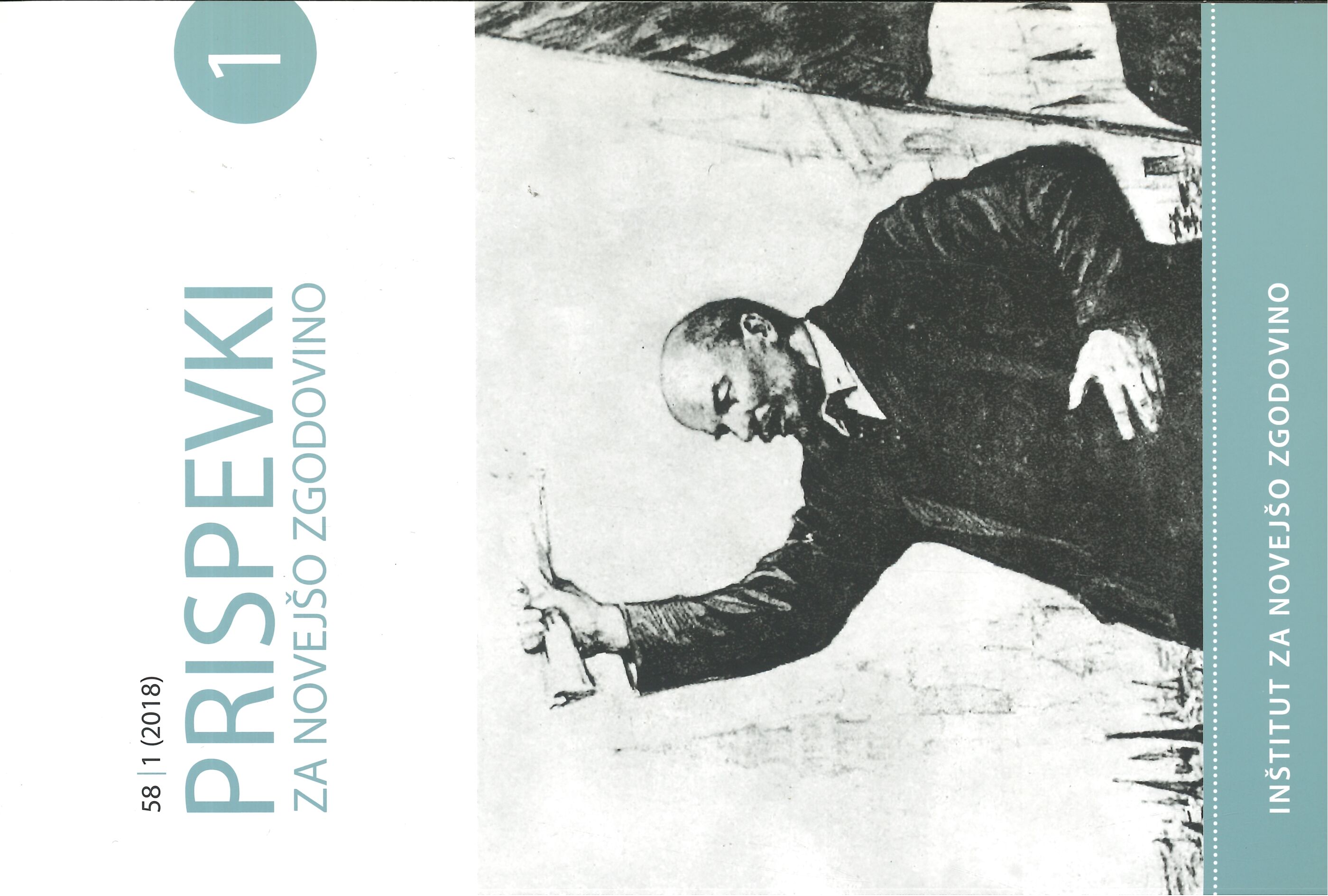Yugoslav Revolution and Red October
SIMILARITIES AND DIVERSITY
DOI:
https://doi.org/10.51663/pnz.58.1.07Abstract
To compare similar historical "actions", for example revolutions in two different countries, is an ungrateful task. The author outlines the essential features of the socialist revolution in Yugoslavia/Slovenia, which took place during World War II in the circumstances of the resistance against the occupiers. He "looks for" (but cannot identify!) any common points with the first socialist revolution, which had occurred in Russia in November 1917. Both of these socialist revolutions – the Russian as well as the Yugoslav – occurred in different historical, social, political, and military circumstances, with different starting points and causes, and yet with the same purpose: to take over the power and change the social relations. Both were successful. These two successful socialist revolutions do exhibit some similarities, yet disparities are much more prominent. The author establishes that due to the different circumstances the socialist revolution in Yugoslavia was completely unlike the one in Russia in 1917, even though they both shared the same intention. Most importantly, the Yugoslav socialist revolution was original. It started and developed on its own, without any external assistance or influences. The similarities between the two revolutions lie mostly in the fact that they both took into account the so-called stages of revolution, but in the Yugoslav case this was less evident. The Yugoslav socialist revolution consisted of two stages, though most of the so-called second, i.e. class stage, took place after the war. In the first post-war period, however, the Yugoslav revolution emulated a lot of what had been achieved in the Soviet Union or had an impact on the development of the Soviet Union – for example the wartime communism, new economic policy, and collectivisation. Therefore most similarities between the two revolutions can be found in regard to these particular characteristics.
Downloads
Published
Issue
Section
License
Authors who publish with this journal agree to the following terms:
- Authors retain copyright and grant the journal right of first publication with the work simultaneously licensed under a Creative Commons Attribution License that allows others to share the work with an acknowledgement of the work's authorship and initial publication in this journal.
- Authors are able to enter into separate, additional contractual arrangements for the non-exclusive distribution of the journal's published version of the work (e.g., post it to an institutional repository or publish it in a book), with an acknowledgement of its initial publication in this journal.
- Authors are permitted and encouraged to post their work online (e.g., in institutional repositories or on their website) prior to and during the submission process, as it can lead to productive exchanges, as well as earlier and greater citation of published work (See The Effect of Open Access).


